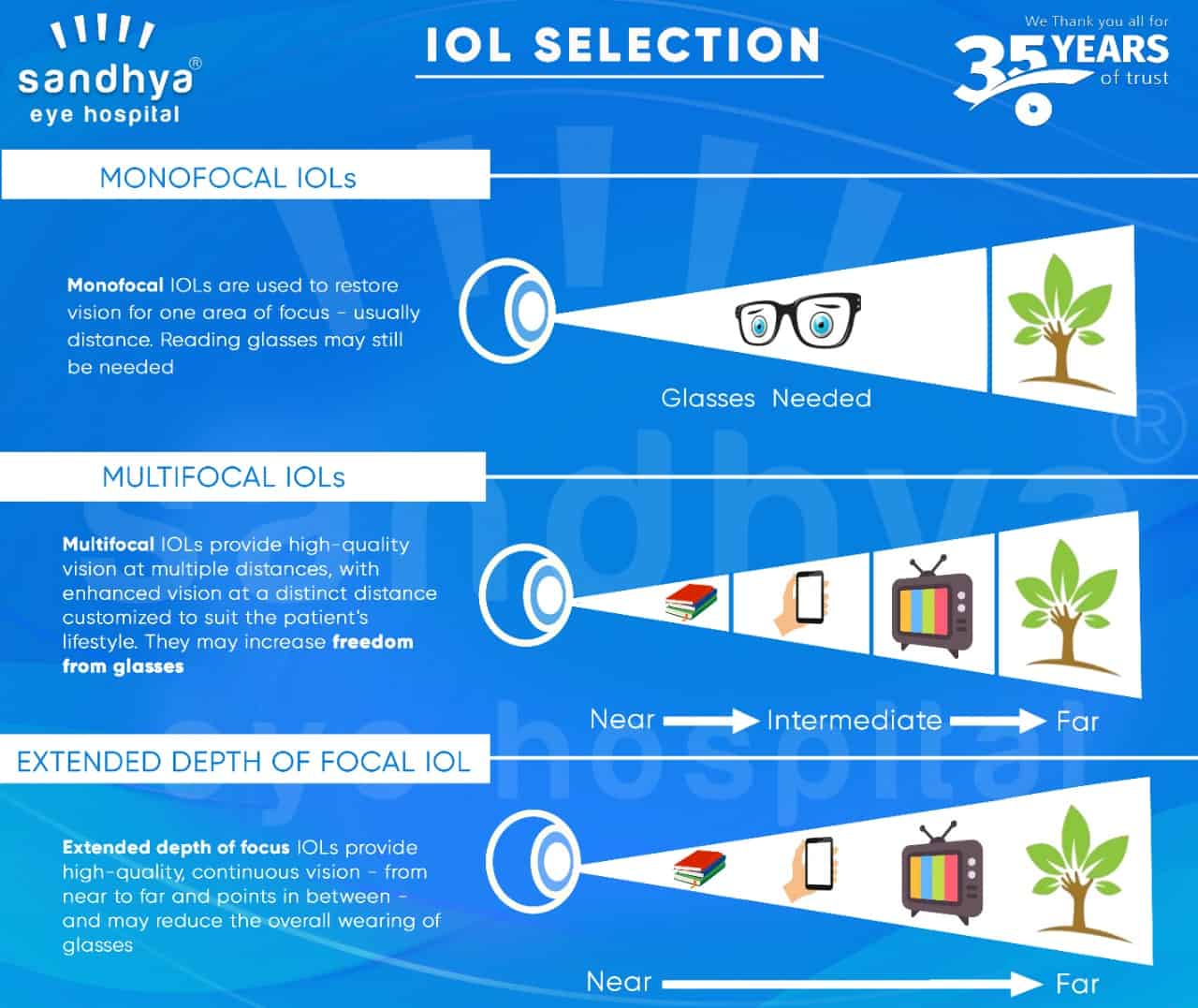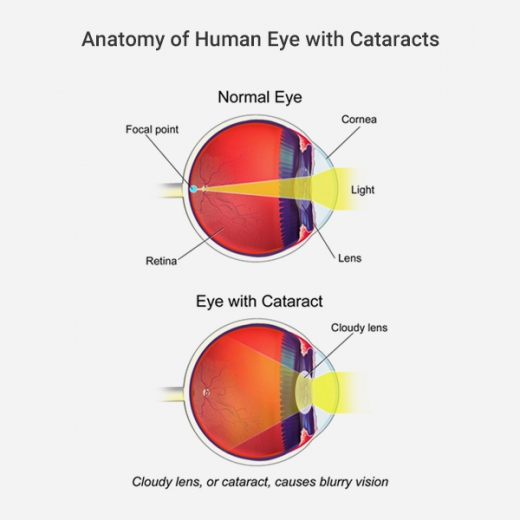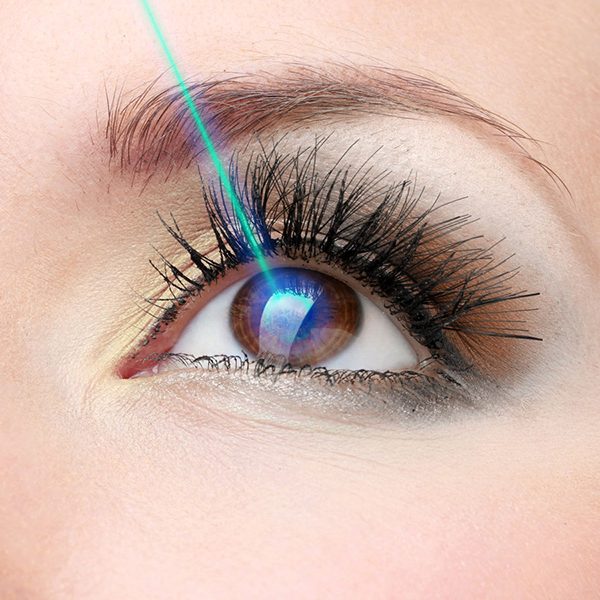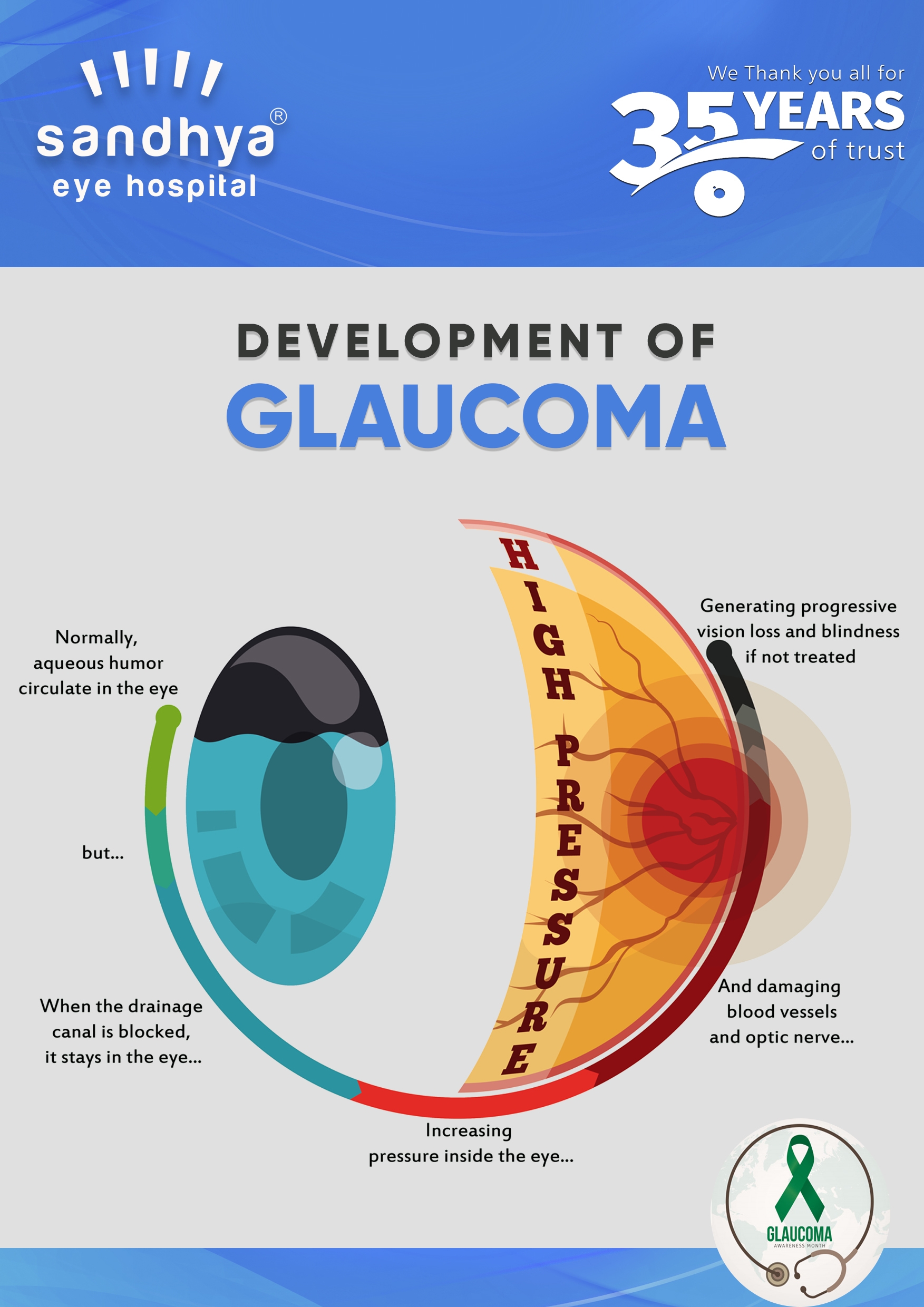Intraocular Lens (IOL)
Just behind the pupil of your eyes lies a structure called the lens. Its function is to refract (bend) the light rays reaching the eye. The curvature of the lens helps in refracting the light rays and focusing the said rays on the retina, thus helping in the formation of the visual image in the brain. The lens needs to be clear for performing such a function. In cataracts, blurring of vision occurs due to the clouding of the lens. Therefore it is removed and replaced by an intraocular lens.
An intraocular lens, like prescription glasses and contact lenses, comes in different powers and the appropriate power will be decided by your doctor after performing certain scans and finding out the length of your eyes. The curvature of your eyes will also be tested for this purpose.
During the last 2 decades, many an advancement has taken place in the technological development of IOLs and we have many different kinds available to replace a natural lens. Depending on the material used they can be differentiated into:
- The rigid lens which is made of PMMA (polymethylmethacrylate)
- The foldable lens which can be implanted through a small incision of around 3.2mm; these are usually made of silicon, Collamer or acrylic
- Rollable lens, which are ultra-thin IOLs made of hydrogel, that can be implanted through an incision as small as 1mm
Based on the focusing abilities they are classified into:
- Unifocal IOLs: these are the most commonly used lenses after cataract surgery; they can be for near, medium, or far vision. Most commonly patients choose the medium vision and use prescription glasses for reading ad distant vision.
- Multifocal IOLs: are lenses that have different zones for different ranges of vision. As cataract has a higher incidence in the elderly population such multifocal IOLs make a huge difference as they correct any underlying presbyopia present before the surgery. They help in near vision and distant vision though they might have a slightly burry image compared to accommodative IOLs in distant vision.
- Accommodative IOLs: are high-grade IOLs that provide clear vision over a range of visual fields. This is possible as the lens is rigid but the ‘legs’ used to attach the lens to the eye called haptics are flexible. This allows movement of the lens in the front to back axis and helps focus the image. They might produce a slightly blurred image while reading books but are superior compared to multifocal IOLs. Patients are comfortable using spectacles for reading when they have accommodative IOLs.
- Toric IOLs: are prescribed to correct astigmatism. This is a condition of impaired focusing of a visual image due to defects in the curvature of the eye.
- Aniridia IOLs: are used to correct defects in the iris (the colored portion of the eye around your pupil) caused either due to trauma or as a birth defect. These lenses have a black diaphragm which helps in cosmetic correction of the iris.
After performing scans and taking appropriate measurements your doctor will decide the power of the lens required to focus the image. After consulting you a decision will be taken as to the type of IOL that will be placed in your eye after the cataract surgery. Most IOLs are placed without any complications but slipping off the lens from its position can occur on rare occasions.






